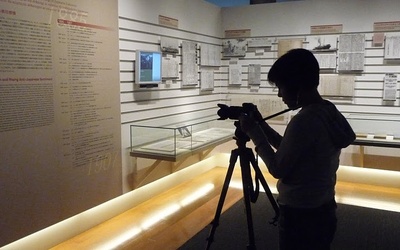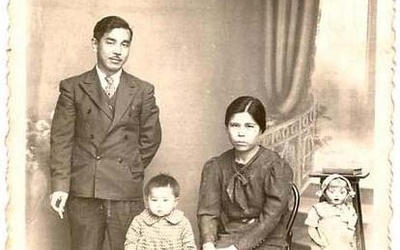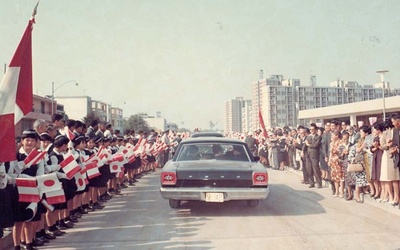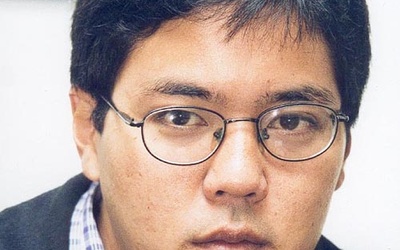
Enrique Higa Sakuda
@kikerenzoEnrique Higa is a Peruvian Sansei (third generation, or grandchild of Japanese immigrants), journalist and Lima-based correspondent for the International Press, a Spanish-language weekly published in Japan.
Updated August 2009
Stories from This Author
It’s good to say “I’m Nikkei” because I am part of something - Part 3
Nov. 9, 2010 • Enrique Higa Sakuda , Asociación Peruano Japonesa
Part 2 >> The Nikkei in Peru Kaori is impressed by the way the Nikkei community in Peru has preserved its identity. “What I really find admirable is that there is a place (Japanese-Peruvian Cultural Center) that seeks to maintain the Nikkei identity in some fashion; there’s no reason to analyze something which is always present: What it means to be Nikkei. Even offering a class on taiko is important enough. It’s like a down payment of sorts; if afterward you want …
It’s good to say “I’m Nikkei” because I am part of something - Part 2
Nov. 2, 2010 • Enrique Higa Sakuda , Asociación Peruano Japonesa
Part 1 >> Nikkei Identity Kaori was raised by her grandmother in a Japanese environment. “Our relationship within our Japanese home was one of constant silence; it took just a simple stare of disapproval to know that I did something wrong. My grandmother did not have to say anything for me to run away. This kind of Japanese behavior is a sign of environment rather than verbal rules,” she recalled. Just like any typical Japanese home, you are taught by example, not …
It’s good to say “I’m Nikkei” because I am part of something - Part 1
Oct. 26, 2010 • Enrique Higa Sakuda , Asociación Peruano Japonesa
Two years ago a photograph changed Kaori Flores Yonekura’s life, a Venezuelan filmmaker whose grandparents were Japanese. It was a photo of Mr. Takeuchi, who at the time of the photograph was president of the Nikkei Association of Venezuela. What was it about the photograph that changed Kaori? It showed some Japanese dressed in rural garb and eating arepas (bread made of corn flour) on a hillside. Kaori discovered that the people in the photograph were in Ocumare del Tuy, …
Puente entre dos culturas
July 19, 2010 • Enrique Higa Sakuda , Asociación Peruano Japonesa
Década de 1960. Atrás habían quedado los dolorosos tiempos de la guerra. La colonia japonesa había volteado la página y comenzaba a despegar. Sus negocios prosperaban y los hijos de los inmigrantes japoneses acaparaban los primeros puestos en los colegios o sobresalían en las universidades. Sin embargo, la Sociedad Central Japonesa, la institución que representaba y velaba por el bienestar de los japoneses y sus descendientes en el Perú (hoy Asociación Peruano Japonesa), no tenía un espacio a la altura …
Un modo de ser nikkei
Sept. 22, 2009 • Enrique Higa Sakuda
1999: Copa América de fútbol. Perú va a jugar contra Japón y el empleado de la panadería donde acabo de comprar una empanada, a una cuadra de la oficina donde trabajo, me pregunta: ¿Y a quién le vas? ¿Al Perú o a Japón? Al Perú obviamente, le contesto. Estoy perplejo. Si soy peruano, ¿por qué tiene que preguntarme si voy a hinchar1 por mi país o por Japón? ¿No es obvio? No hubo malicia en su pregunta. Cuando me la …









